
Exercising in deep water has many of the same benefits as exercising in shallow water, plus a few more. The hydrostatic pressure in deep water pushes blood out to the extremities the same as in shallow water, but since more of the body is submerged cardiovascular efficiency is enhanced and the heart rate is even lower. Hydrostatic pressure against the chest makes inhaling more challenging, which strengthens the muscles of respiration. Ninety percent of the body works against the water’s resistance requiring increased energy expenditures during exercise, and improving muscular strength. Exercisers are able to achieve higher maximal contractions in the lower body and trunk compared to the same movements in shallow water or on land. Immersion in deep water completely offloads the joints leading to a greater range of motion and improving flexibility. There is an exhilarating feeling of weightlessness that comes with exercising in deep water.
Buoyancy creates a challenge to maintain neutral alignment. In shallow water, exercisers maintain alignment using their center of gravity located in the pelvic area, the same as they do on land. They receive feedback from the feet and ankles which allows them to adjust their form. In deep water, exercisers must achieve alignment between their center of gravity and their center of buoyancy, located mid-chest, with no information from their feet to tell them where they are in space. This can decrease body awareness, resulting in instability. A flotation belt attached to the body’s trunk can provide feedback, as well as engage the core muscles, and help the body maintain neutral alignment. Without neutral alignment, the body is at risk for injury. Exercising in neutral vertical alignment increases surface area which creates more resistance, allows exercisers to achieve more powerful movements, and burns more calories.
One of the best known forms of deep-water exercise is deep-water running, which has been studied extensively. The research shows that deep-water running helps prevent injury, improves balance, improves cardiorespiratory fitness, improves mobility, and reduces pain. Beyond running, deep-water exercise offers a variety of exercise options. Most exercises are done in the vertical position, but you can also use a diagonal tilt to the side, go side-lying, lean forward 45 degrees, get in a seated position or go into a pike position. Accelerating the arms and legs to center lifts the shoulders out of the water. Travel uses a variety of arm motions that require upper body strength. A number of exercises take advantage of the pool wall. There are not as many formats as with shallow water, but they include deep-water aerobics, high intensity interval training, circuit classes, and strength training. There are some kickboxing moves, Pilates exercises, and Yoga poses that can be done in deep water. The Arthritis Foundation suggests going to the deep end with a flotation belt if you have arthritis in the spine or shoulders. Ai Chi can be modified for deep water. See Ruth Sova’s book Ai Chi: The Water Way to Health & Healing, page 82, for my deep water modifications.
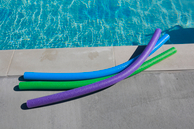
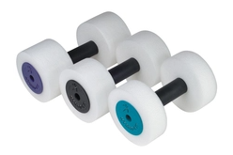
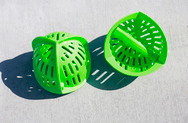
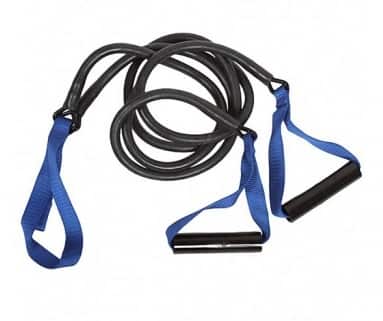
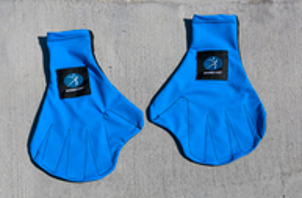
Hand-held equipment used in the deep end needs to float, otherwise it may sink to the bottom of the pool if the exerciser loses her grip. There are many types of equipment do float, including buoyant equipment such as noodles and foam dumbbells; drag equipment such as Aqualogix bells, and resistance tubing. Webbed gloves are worn on the hands and are not in danger of sinking. There are some great articles on deep water by Beth Scalone, MacKenzie Barr, Lori Sherlock, Whitney Kessie, and one by me on hand-held resistance equipment, in the December-February 2024 issue of Akwa magazine. Access Akwa on the members only section of the AEA website. There is also information on deep water, including lesson plans for cardio, intervals and strength training (with and without equipment) in my books Water Fitness Progressions and Water Fitness Lesson Plans and Choreography. I am a fan of deep water exercise!
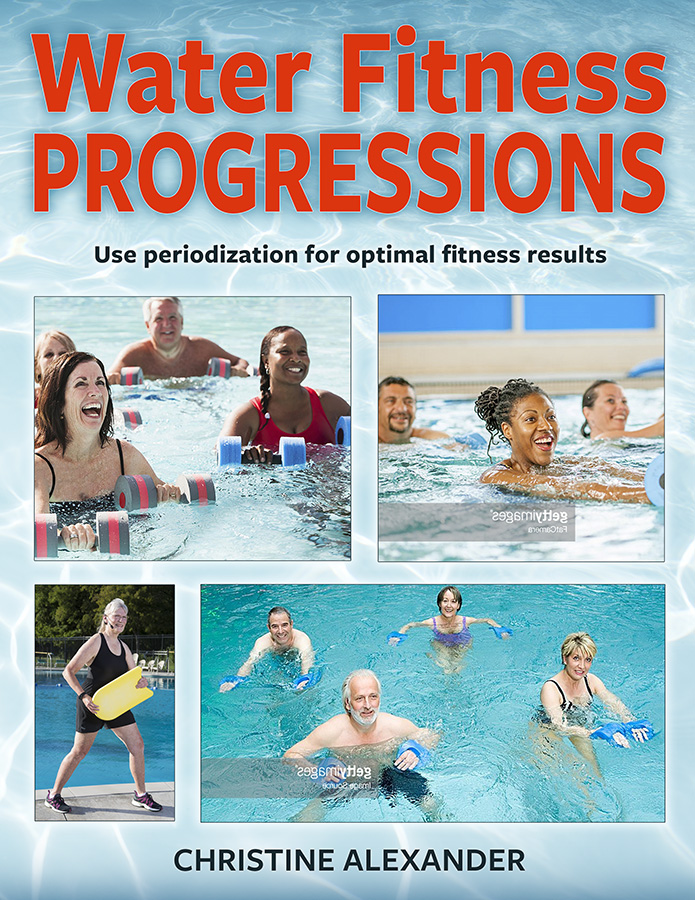
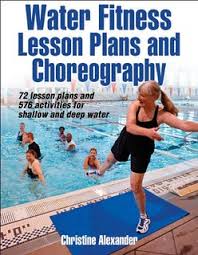
See you in the pool!


Great Information, so agree! I love deep-water workouts!
I am actually presenting a workshop on deep-water running at FitnessFest Conference and Expo in Phoenix the end of April.
That’s great. I love deep-water running! Good luck at FitnessFest.
Chris, I love this article on deep h20!!
I thought you might enjoy knowing I came to MSP for a deep h20 Tabata class with Lindsay Mondack! Remember when she came to Dallas for MAAP? She is a great motivator still!!
Kay Barnett
Yes, Lindsay is great!